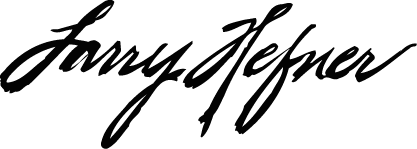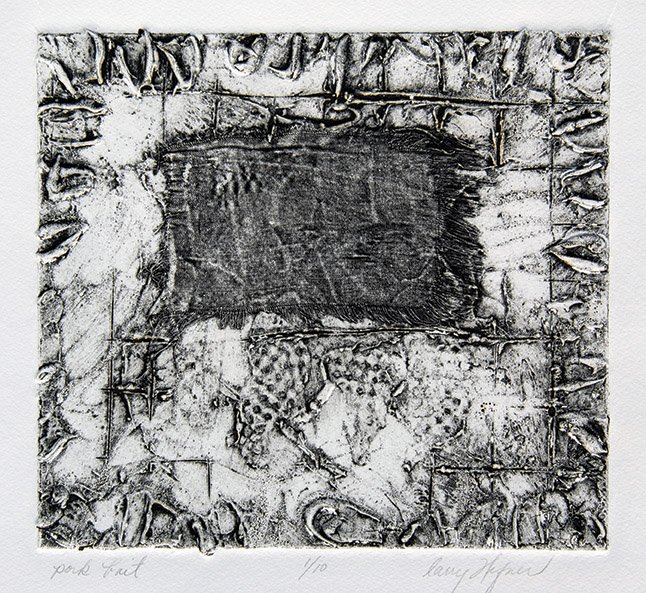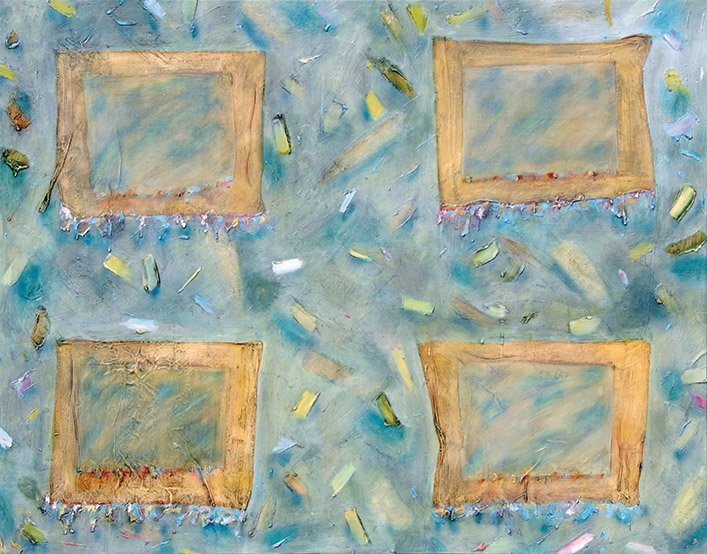Route 44 - A Journey, Chapter 13
Chapter 13
Even though a teaching position at Cameron University in Lawton hadn’t worked out I stayed friends with Jack Bryan and kept in touch with him and what was going on there at Cameron. When I decided to look for another position, I called Jack and told him of my plight. He said that they would be looking for a temporary replacement for my friend that got the job I hoped that I could get. He had been granted a sabbatical and was going to leave for a year. This was my dream job and even though it was technically a temporary position, I thought there was a good chance that my friend would not return. He had never been very happy there and I knew he wanted to leave. I talked it over with Jo, we were both very homesick and hated the weather in Iowa and now that the school situation was less than great, we decided to take the chance. I called Jack back pretty quickly and told him that I was interested in the position and he replied how quickly can you get here. So, after only a year in Iowa we were putting our house on the market and planning to move back home. Maybe everything was going to work out. The housing market in Sioux City had not improved over the last year and we didn’t have any problem selling our house at a nice profit. We quickly packed up, rented another U-Haul and headed for Oklahoma. My parents had left Lawton and moved to Oklahoma City a couple of years earlier but Jo’s mother and sister still lived in Lawton. They were excited about us moving back and started looking for a house for us to live in. By the time we got there, they had found a small two bedroom in the same neighborhood that they lived in, in fact it was just two doors down from the house Jo’s sister lived in. This was maybe a little closer than I would have chosen but amazingly we had fun.
When I was a student at Cameron, the Art Department had a couple of classrooms in a general classroom building. They had expanded now to two barns on the edge of campus. One of the barns was a concrete dairy barn that was at one time part of the agriculture program. The other was a metal barn, also at one time part of the agriculture program. The concrete barn housed painting and printmaking and the metal barn housed sculpture and ceramics. The buildings had their obvious problems but it was nice to have dedicated space that you didn’t have to share. I taught all my classes in the concrete barn. It was the smaller of the two buildings but it was functional. We even had a small gallery that I took responsibility for booking and curating shows. The larger metal barn had a hayloft that was not being used so I asked Jack if I could use it for a studio. He said sure, so I started cleaning it up, adding lights, tables, etc. to make it functional. It was a little cramped but I made it work for painting. I was teaching painting and printmaking so I used the schools printmaking room for my prints. During this period I was painting with acrylic as usual but I wasn’t painting on canvas. I was experimenting with painting using as little substrate as possible. I was using a lot of acrylic paint with a little cheesecloth to keep the paint from stretching. These paintings were inspired by Ed Moses’s resin paintings. I was trying to get a similar paint layering while keeping the painting flexible and less brittle. Throughout my career I struggled with visual continuity between my prints and my paintings. The standard printmaking methods lacked the spontaneity that I had come to rely on in painting. The difficulty in printmaking to work on a large scale also seemed to hamper the visual energy I felt was so important in my paintings. I had used a collage technique for years in my paintings to build texture and image. In the current paintings I was using paper, cheesecloth and string in a collage manner to help stabilize the acrylic polymer. So, in printmaking, it seemed like an obvious move to work with collagraph techniques. Collagraphs are intaglio prints that use collage techniques to build the printing plates. This plate making process was very similar to the way I paint without using color. I would start with a cardboard plate similar to mat board or chip board then build up texture with modeling paste and gluing textural elements to it using acrylic polymer. The finished plate would be inked with standard etching ink and wiped off the surface leaving ink in the recessed parts of the plate. The plate would then be printed on etching paper using an etching press. The resulting print has textural effects that are very realistic and unique. The whole concept of printing is to produce multiple images but to do this, every part of the process must also be duplicated exactly. This makes color application difficult and the process to apply color very stiff. For these reasons I decided to forgo the multiple duplication and hand color each piece making it a one of kind work of art. This resulted in a very rich and visually exciting work that complemented my paintings. For the first time my love of painting and printmaking seemed to be working together. The rich textural effects of the collagraph prints ultimately affected the paintings and pulled me into a subtle but new direction in painting where real texture was an important visual effect. This led me to experiment with larger paintings created with smaller prints that are pieced together.
My art was developing nicely but my teaching job was coming to a screeching halt! I don’t think I really realized what was happening. If you remember my position was a one-year replacement position and my year was coming to a rapid close. I had really never let myself think about the fact that this was a temporary position. I felt from the beginning it would work out to be more but now it was coming to a close and nothing seemed to be opening up. My friend was definitely returning so that position would no longer be available. I started looking for a new position at a new school on a national basis. I attended the National Art Association conference in Los Angeles but found nothing. Things were looking pretty bleak for a full-time position. Cameron’s program was growing and there was a possible need for part-time or adjunct work. Jo and I talked it over and neither of us wanted to move so we decided to try for a part-time position at Cameron and stay in Lawton and seriously pursue my professional painting career. I talked to Jack Bryan about the possibility of me staying on at Cameron as an adjunct professor. Jack was less than positive about this possibility but said he would ask the other faculty. This was my first clue that everything was not as wonderful at Cameron as I had thought. I had made good friends with the sculpture instructor and the adjunct ceramics instructor but I had not gone out of my way to make friends with the art education instructor. This turned out to be a big mistake. Without going into a lot of painful details, I was not asked to return in any capacity to Cameron. I was devastated, I had never been fired before and technically I wasn’t fired in this case but it sure felt like it. I was very disappointed in Jack, it felt like he didn’t fight for me, which really hurt and had a huge negative impact on our relationship. On reflection, I was so young and naive; I didn’t have a clue about the inner workings of an Art Department or the politics that it took to run one. Even though I thought I had done an excellent job in teaching my assigned classes and had stepped up and done more than had been asked of me by organizing and directing the gallery, maybe I really wasn’t a good fit in the organizational growth of the Department. Whatever the reason, I was out of work and the reality finally hit and we realized our future was not in Lawton.
The first Cameron paintings were inspired by Ed Moses’ reisen paintings. These were done with acrylic, cheesecloth and paper and were hung unstretched.
“Yellow and Blue With String” / 36″x36″ / acrylic, string and cheesecloth
“Six Panes” /48″x48″ / acrylic, paper and cheesecloth
“Opposite Rotation” /48″x48″ / acrylic, paper and cheesecloth
“Textured Chevron” /48″x48″ / acrylic, paper, muslin and cheesecloth
“New Start” / 5″x6.75″ / collagraph print on Arches Buff Cover
“Pork Bait” / 7″x7.75″ / collagraph print on Arches Cover
“Birthday Jitterbug” / 6.75″x8.5″ / hand colored collagraph print on Arches Cover
“Blue Spot Spinner” / 8″x8.75″ / hand colored collagraph print on Arches Cover
While teaching printmaking I produced a series of collagraph prints that had the same visual appeal that was in my paintings. The plate making process was similar to the techniques I used in painting and the heavy actual texture was refreshing after the lack of texture in the resin paintings. These prints and this printing tecnique led to larger works and my next series.
“Collagraph Painting” – 64″x80″ – acrylic on Arches Cover mounted on panel board
“4-Way 4 Panes” – 64″x80″ – acrylic, modeling paste and muslin on canvas
After leaving Cameron, I no longer had access to a printing press, so I started experimenting with collage techniques on canvas and then using thin glazes and wiping them off similar to the inking process in printing. This began the development of painting techniques that I still use today.
May 11, 2016 lhefner Art, Book Acrylic Painting, Collagraph, Fine Art, Painting, Printmaking










